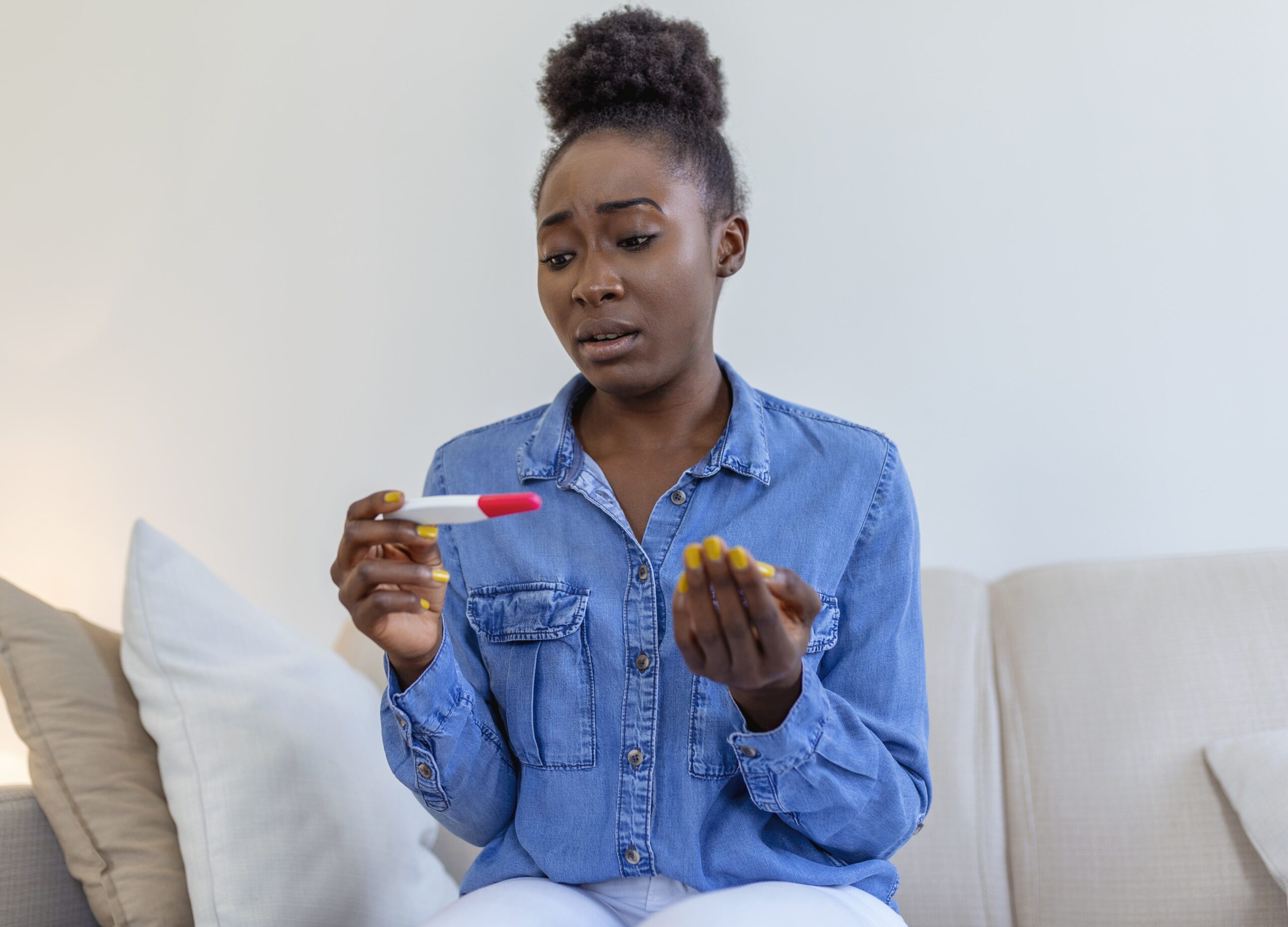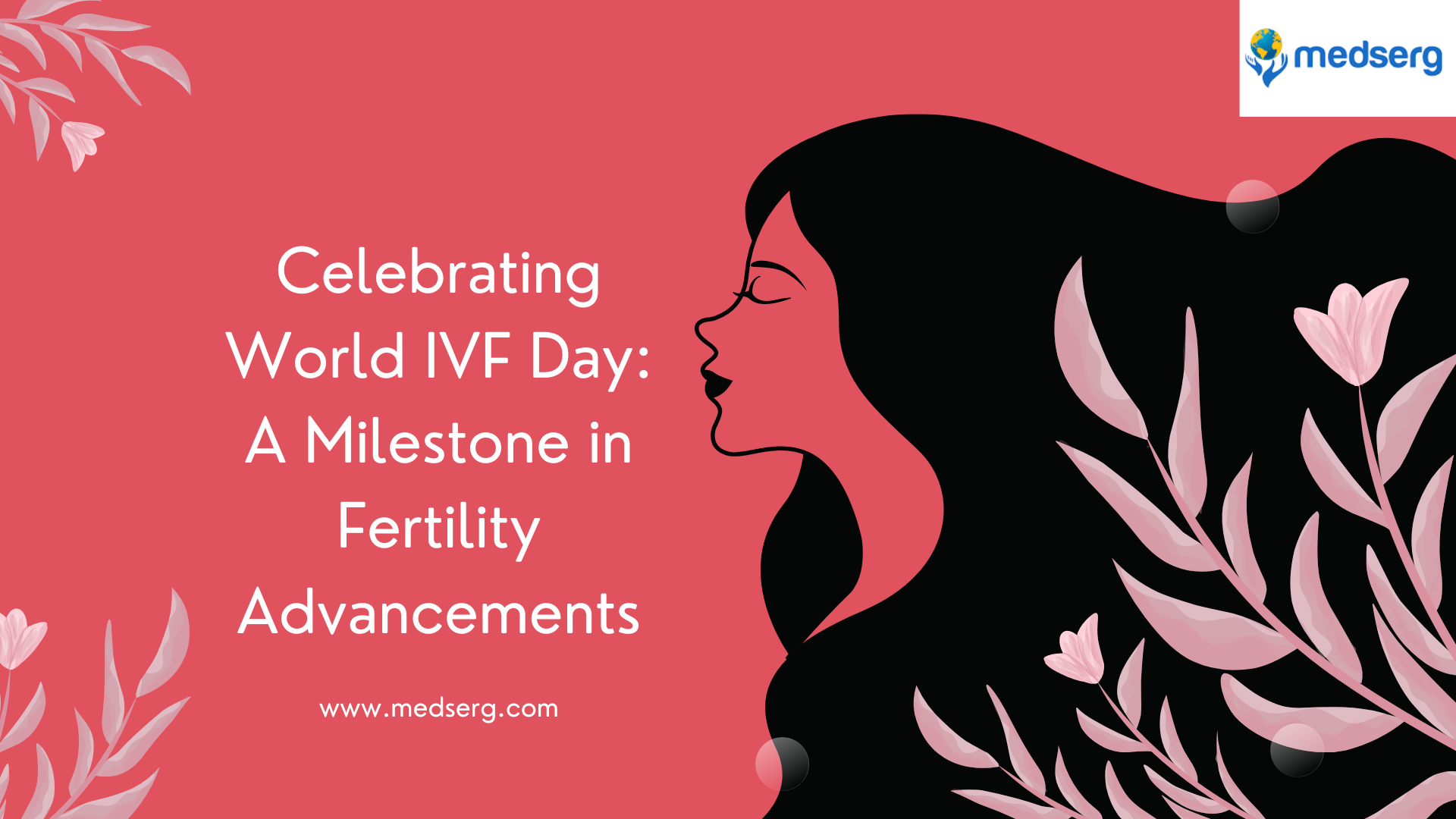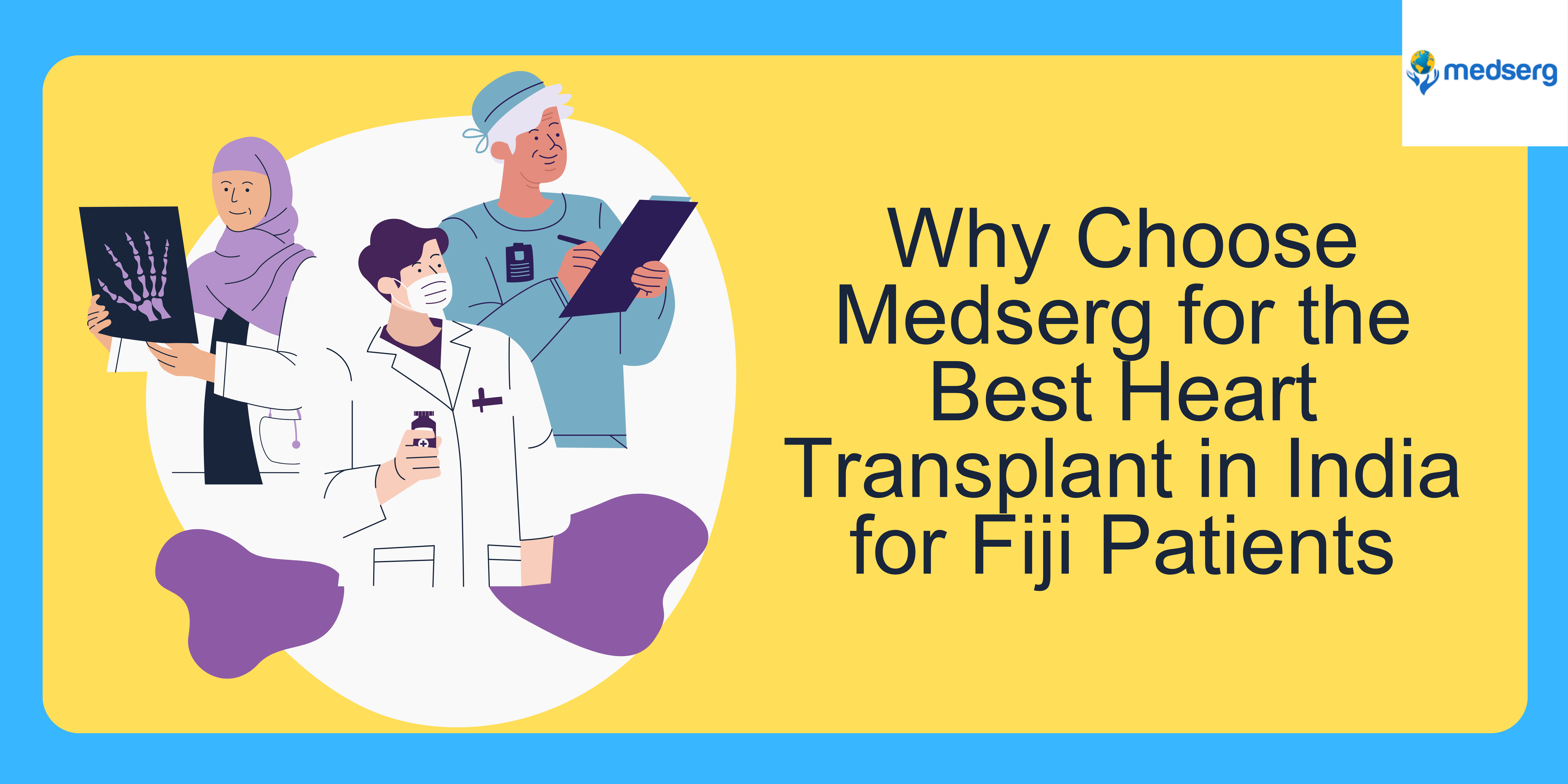Female infertility is the inability of a woman to conceive naturally after a period of unprotected sex of 12 months. When a woman makes fruitless attempts to become pregnant for a year (using unprotected intercourse), she is diagnosed. These days, male and female infertility is prevalent and affects many couples.
The causes of female infertility are challenging to identify. Infertility can have a variety of causes, but it can be challenging to identify the precise one. Female infertility may have a single cause or several causes. Female infertility can be brought on by a variety of factors, such as hormonal changes, irregular periods, obesity, PCOS/PCOD, and more.
There are two types of female infertility:
Primary: After having unprotected intercourse for a year or so, couples who are unable to conceive.
Secondary: When a couple has had one successful pregnancy, they are unable to conceive again.
There are numerous treatments out there, depending on the cause of infertility. Surgery, IVF, hormone-balancing medicines, and other alternatives are available. Numerous infertile women can still become pregnant naturally. And many women become pregnant following appropriate and consistent gynaecological care. It is now simpler to speak with a gynaecologist online and get guidance on how to diagnose and treat this issue in the best way.
List of Infertility Causes in Modern Times
To get pregnant and to carry a pregnancy are both complicated tasks. Many things can go off-track during these processes leading to infertility. To know this in detail, check out the list of some of the infertility causes in females. A woman facing difficulty getting pregnant should talk to a gynaecologist online and check out all the possible treatments.
- Irregular Menstrual Cycle
- Reproductive System Problem
- Sudden Hormonal Changes
- Infections and Infertility
- Impact of Obesity in Infertility
- PCOS – Polycystic Ovary Syndrome
- POI – Primary Ovarian Insufficiency
- Uterine Fibroids
- Irregular Menstrual Cycle
A woman has a regular menstrual cycle when her period lasts between 21 and 35 days and her ovulation occurs on schedule. Two weeks before the start of the following menstrual cycle, a woman ovulates. A woman who has a menstrual cycle that lasts more than 35 days is either not ovulating, or has irregular periods and irregular ovulation. Every woman has to ovulate in order to naturally conceive. Do not be concerned; irregular periods do not indicate infertility. You can get an evaluation done by contacting a gynaecologist online.
- Reproductive System Problem
Another factor contributing to female infertility is structural issues with the female reproductive system. These issues are the development of aberrant tissue in the fallopian tubes or uterus.
Fallopian tube obstructions can stop eggs from migrating from the ovaries to the uterus, which prevents sperm from fertilising the eggs. Some of the structural issues that lead to infertility include:
Endometriosis, a condition in which tissues that normally line the uterus’ inside are discovered elsewhere, such as in the fallopian tubes;
scarring in the uterus from previous operations, infections, or wounds. This issue may raise the risk of miscarriage, which could result in infertility;
Polyps are benign growths seen inside the uterus. It makes getting pregnant challenging and interferes with the uterus’ normal function;
- Sudden Hormonal Changes
Women’s hormonal shifts are extremely important for fertility, conceiving, and general wellness. Some signs or symptoms in females point to a hormonal imbalance. The absence of functioning glands or hormones is what causes the indications or symptoms. Hormonal imbalance is a common cause of infertility in women, and in this situation, it is important to speak with a gynaecologist online and receive the appropriate care.
- Infections and Infertility
Both in men and in women, infections and infertility are linked. Untreated gonorrhoea or chlamydia in women can obstruct the fallopian tubes and lead to pelvic inflammatory disorders. Chlamydia is frequently a factor in female infertility.
Additionally, syphilis might raise a pregnant woman’s chance of stillbirth if it is not detected and treated in a timely manner.
Chronic infections of the cervix, which are treated surgically for cervical lesions linked to HPV infection, are another cause of infertility. Additionally, it can lessen the quantity and quality of cervical mucus. Infertility and trouble conceiving might result from the accumulation of the sticky substance in the vagina and on the cervix.
- Impact of Obesity in Infertility
Infertility and obesity are related. Being overweight may hinder a couple’s ability to conceive. By accumulating sex hormones and altering a woman’s body, obesity reduces fertility. An appetite suppressant made up of fat cells, leptin is a hormone. Your body is obese if your leptin level is high. Obesity may result in:
Androstenedione, a male hormone, is transformed into estrone, a feminine hormone, by the fat cells;
This female hormone harms the reproductive system’s ability to function by affecting the brain’s metabolic rate and testicular and ovarian function.
You can strive to live a healthy and fit life by losing weight, getting online advice from a dietician, and exercising.
- PCOS – Polycystic Ovary Syndrome
One of the causes of female infertility is polycystic ovary syndrome. It is a syndrome where abnormal androgen production occurs along with the development of cysts inside the ovaries. PCOS can be brought on by a number of factors, including genetics, excessive insulin production, high levels of androgens, and low-grade inflammatory conditions. However, the precise cause of PCOS remains uncertain. Period irregularities, acne, hair loss, abnormal hair growth, weight gain, and other symptoms are all signs and symptoms of PCOS. Consult gynaecologists online if the condition is more complicated, and get the therapy started right away.
- POI – Primary Ovarian Insufficiency
When a female’s ovaries stop producing eggs and hormones at an early age, it is known as primary ovarian insufficiency. Due to problems with her ovaries, a woman with POI is unable to ovulate regularly and may also produce abnormal quantities of pituitary and ovarian hormones. Radiation and chemotherapy treatments, autoimmune diseases, viral infections, and genetic disorders are the main causes of primary ovarian failure. The goal of POI treatment is to replace the aberrant hormones that the ovaries are no longer able to produce. Hormone therapy is a good place to start because it can assist to lessen the symptoms and problems, like bone loss.
- Uterine Fibroids
Noncancerous growths called uterine fibroids develop inside the uterus. Fibroids can cause a variety of symptoms, depending on their size and location. 10% of infertile women have uterine fibroids, which are the cause of infertility. The risk to fertility increases with the size of the fibroids and whether they are in the uterine cavity. Infertility in women can be brought on by fibroids in a variety of ways, including:
uterine alterations that may obstruct sperm movement;
alterations in the cervix’s position;
fallopian tube obstruction
improper uterine blood flow;
Make the right decision and seek advice from a gynaecologist online to receive medical treatment for this problem.
Consult gynaecologist online: Medserg
One of the top healthcare providers, Medserg, has some of the best specialists and physicians listed on their website, offering a precise and successful treatment process.
Using Mediflam’s website to consult a gynaecologist online is a simple and time-saving process. We will be delighted to assist you.







